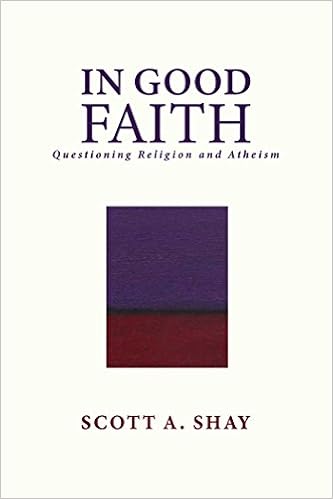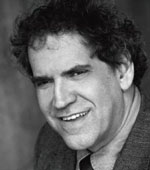
Sometimes, wisdom tales of the past have a way of speaking to us in the present. And although we often think of ourselves a product of the present, in reality, our personal narrative is inextricably connected to those who have preceded us from the past. This especially true when observing Jewish history. By the same token, future generations of Jews will be profoundly affected by the choices we make as Jews today.
Toward the end of the second century C.E., the great Talmudic sage, Rabbi Akiba, lived under the harsh yoke of Roman oppression. Notwithstanding the dangers Jews faced, he boldly defied the Roman ban on studying and publicly teaching Torah. He once used the following parable about a fox to explain why he did so:
A hungry fox once trotted alongside a river teeming with fish. As the fish darted back and forth, the fox came up with a subterfuge to win the fishes’ attention. The fox exclaimed, “What’s going on?” he called to the fish. “The fisherman is coming with his nets!” came a garbled reply. “I’ve got an idea!” the crafty fox hollered. “Leap out of the water and join me on the riverbank. There are no nets here.” “You’re not so bright, are you?” came the scornful reply. “If we remain here, we may or may not get caught. But if we leave the water, we will die!” Rabbi Akiba said, “The Romans may or may not take my life, but I cannot abandon the Torah, much like a fish cannot give up living in the water.”
But doing nothing is no longer an option.
Verily, every battle against the reality of evil is not limited to just the physical plane we occupy. There is also a spiritual battle that we must engage in. Specifically, if we allow our enemies to frighten us from attending the synagogue, then we have given them a victory they do not deserve. Judaism cannot survive, much less thrive, in such a fearful environment. The first-century Jewish philosopher Philo of Alexandria offers us this tidbit of advice, “Cowardice a disease. It poses a far graver threat since it affects not only the body but also destroys the faculties of the soul, unless God heals the person of this condition, for with God all things are possible to Him.”
As I thought about the misery, we have seen this past year, where many Jews have suffered for the crime of being Jewish, it is important to keep in mind this recent shooting occurred in the week of Yom HaShoah—Holocaust Memorial Day. And although the face of anti-Semites has changed, their dark character reveals that much of the “civilized” world has not learned any wisdom from one of the darkest periods of human and Jewish history. Even here in the United States, according to the Pew Reports, a third of the American population is not sure whether the Holocaust ever occurred. We have also witnessed a resurgence of hatred in Poland, Germany, the Ukraine, in Russia.[1]
From a theological perspective, the legion of attacks against the Jews raises a question that I am certain many of us have wondered about: What does it mean to be God’s “Chosen People”? My grandfather, Moshe Samuel, on the way to the crematoria said to my father, “God, if we are Your “Chosen People, then why don’t you choose somebody else for a change?” In moments of great evil, even the most pious can sometimes experience doubt about their faith. Sholem Aleichem also had Tevye express this same question in Fiddler on the Roof.
I believe that as Jews we have a moral purpose to teach the nations of the world about ethical monotheism—i.e., the belief that we must treat each person with the dignity that each person deserves. But Judaism is also more than just a religion of ethics—even if its ethical monotheism. It is a spiritual way of life that summons us to live with dignity, inspires us to sanctify the most ordinary of relationships—toward each other, toward our environment, toward the world; our faith summons us to be hopeful, and courageous when it comes to sticking together during rough times.
This time of the year, let us honor Lori Gilbert-Kaye’s courageous sacrifice by keeping strong the synagogue institution she so deeply loved. Our condolences go out to and her family, to Rabbi Goldstein, and to all those who were directly affected by the attack.
As Jews we have walked this way before in our history. As of this moment, remember each of us is making Jewish history.
What will our legacy be as the future generations of Jews read about our experiences and how we reacted? Will we be remembered for the strength we exuded in standing together as previous generations have done?
The answer is up to each and every one of you.
I encourage each Jewish person to make this Shabbat a Shabbat where we celebrate our Judaism—even as we travel through the Valley of Darkness, knowing full well, that God is with us.








